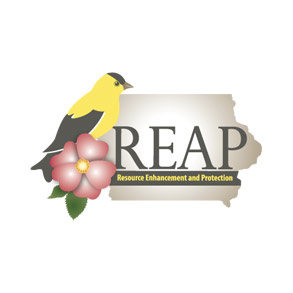Weather-Related Hazards - Downed Trees
The trees were knocked down due to a tornado that went through the area. A variety of natural disasters result from natural processes, such as tornadoes or high winds. Humans cannot eliminate natural hazards but can take steps to reduce their impacts.
Location
Runnells, Iowa
Driving Question
- How can the impact of weather-related hazards be reduced?
Probing Questions
- If you were an engineer, how would you design houses to keep them safe from a tornado or strong winds? How could you protect your own home from strong winds?
- Why is it important to have design elements in a home protected from wind or similar natural hazards?
- What could you have done to protect or save the trees found in the photo?
Classroom Suggestions
Students could:
- Provide a list of ways to weatherproof their homes against a tornado or strong winds.
- Imagine their community recently experienced a tornado. What damage could have happened to the structures and why? How could the homes have stayed safe?
- List types of add additional protection around a property to secure trees and bushes from the wind.
- Discuss ways they could secure their property to keep animals safe from wind.
- Design a house that would be safe from the destruction of a tornado. Think about the high winds and rain a tornado can bring.
Resources
- Ready.gov | Build a Kit: A list of items to get together to prepare for severe weather.
- PBS LearningMedia | Bringing the Universe to America's Classrooms: Earth and Space Science: Severe Weather Gallery: Observe severe weather phenomena in this image gallery. Use this resource to provide opportunities for students to observe various severe weather conditions and compare factors across the conditions.
- Exploring Nature | Earth and Human Activity: The site lists several different lessons and activities to support the standard.
Iowa Core Alignment
3-ESS3-1:Make a claim about the merit of a design solution that reduces the impacts of a weather-related hazard.
Credit Info
Submitted by Tiffany Filloon.
Photo by Katie Williamson.
Funding for Iowa Science Phenomena provided by:




